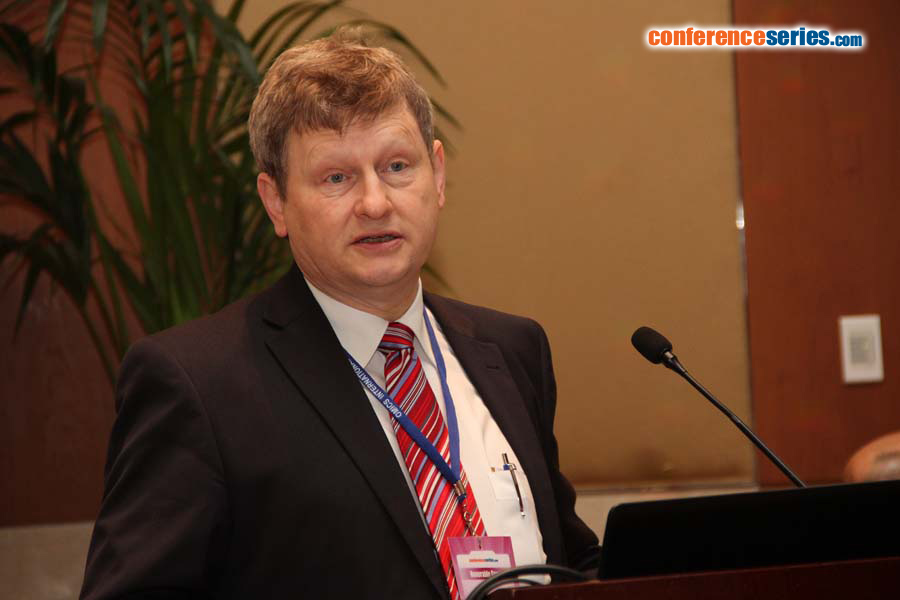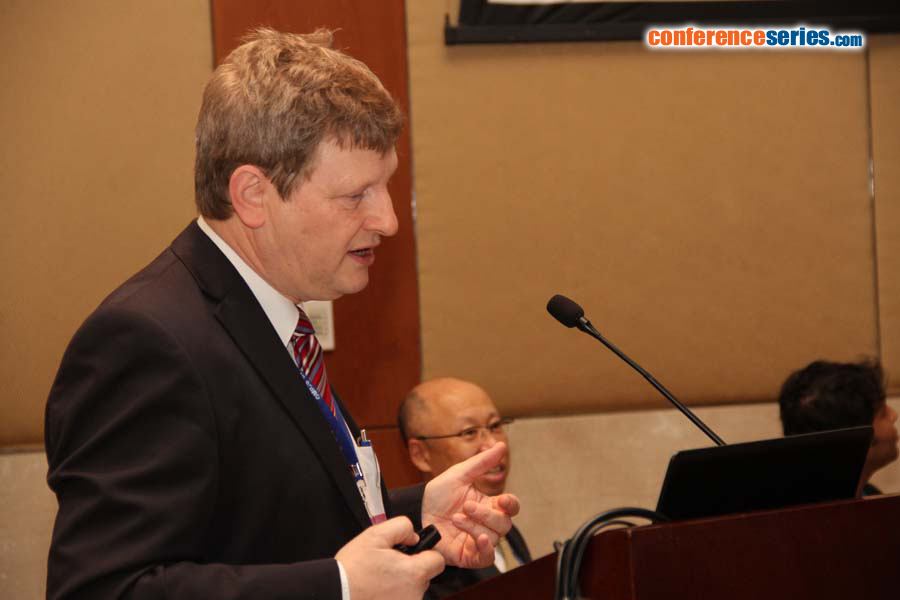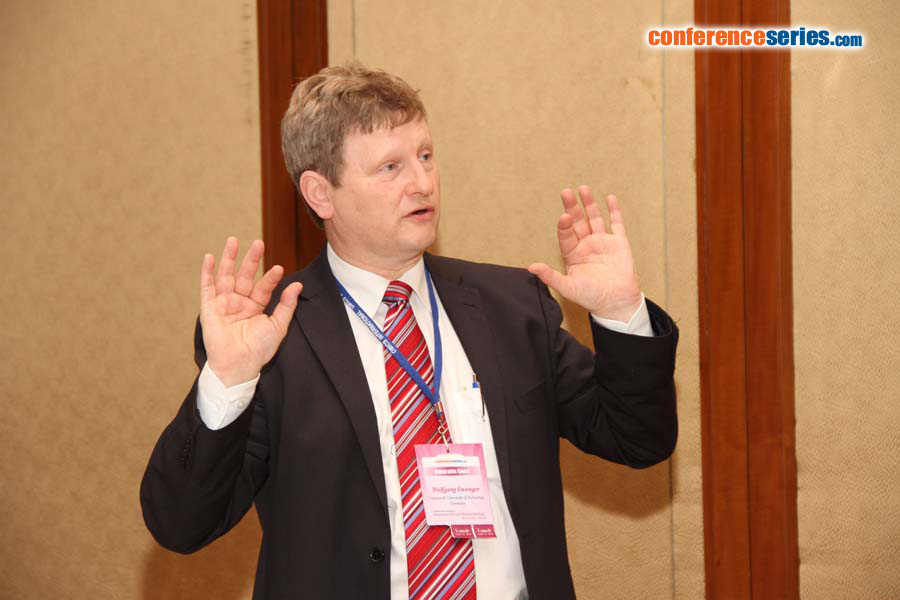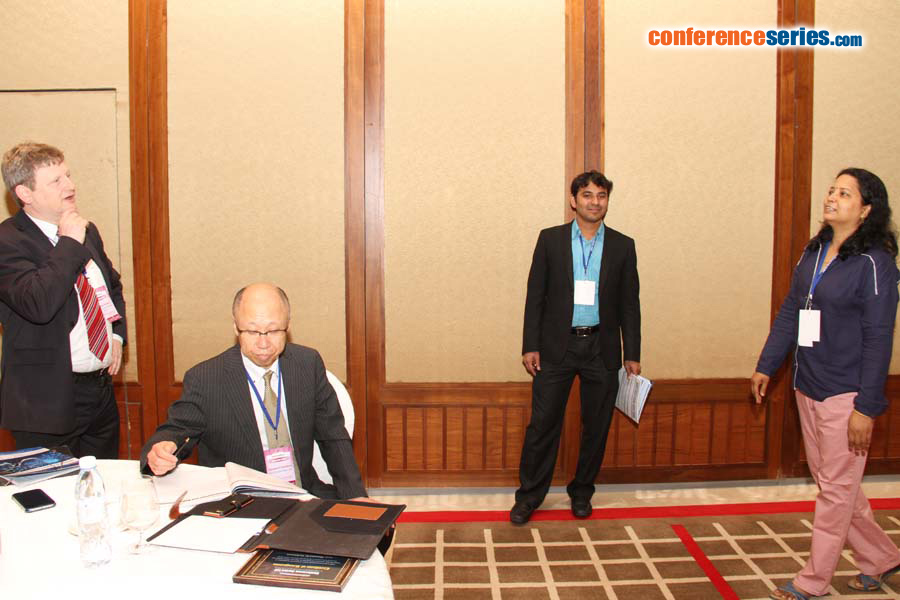
Wolfgang Ensinger
Darmstadt University of Technology, Germany
Title: iNAPO - Ion conducting nanopores in polymer foils as (bio)chemical sensors
Biography
Biography: Wolfgang Ensinger
Abstract
The iNAPO-project is run by a group of materials scientists, biologists, chemists, physicists and electrical engineers. The purpose is the development of biomimetic (bio)molecular sensors based on ion conducting nanopores in polymer foils. The basic principles of fabrication and working mechanism of these nanosensors is described. PET foils are irradiated with a highly energetic single ion of a heavy element at the particle accelerator at GSI Helmholtz-Center in Darmstadt. The ion damage zone in the polymer is chemically etched into a conical pore, with the small aperture being in the nm range. The nanopore walls are functionalized with a biorecognition unit, i.e., a molecule which specifically reacts with a molecule to be analyzed. In an electrochemical cell, the foil acts as separation membrane. The electrolyte current flowing through it is measured as a function of the applied potential. In the presence of specific analyte molecules, which bioconjugate with the biorecognition unit, these ionic currents are changed. Thus, a highly sensitive nanosensor is available. The preparation and working principle of the nanosensor is described. As an example, results on protein sensing shown. The concept of the functionalized ion conducting nanopores can be applied to a large number of biorecognition couples. Within the project iNAPO, the potential of this technique will be further explored. In a step further, it is planned to embed protein-based nanopores with even better selectivity into polymer membranes. Eventually, the membranes will be incorporated in electronic micro sensing devices thus creating a new type of (bio)molecular sensors





